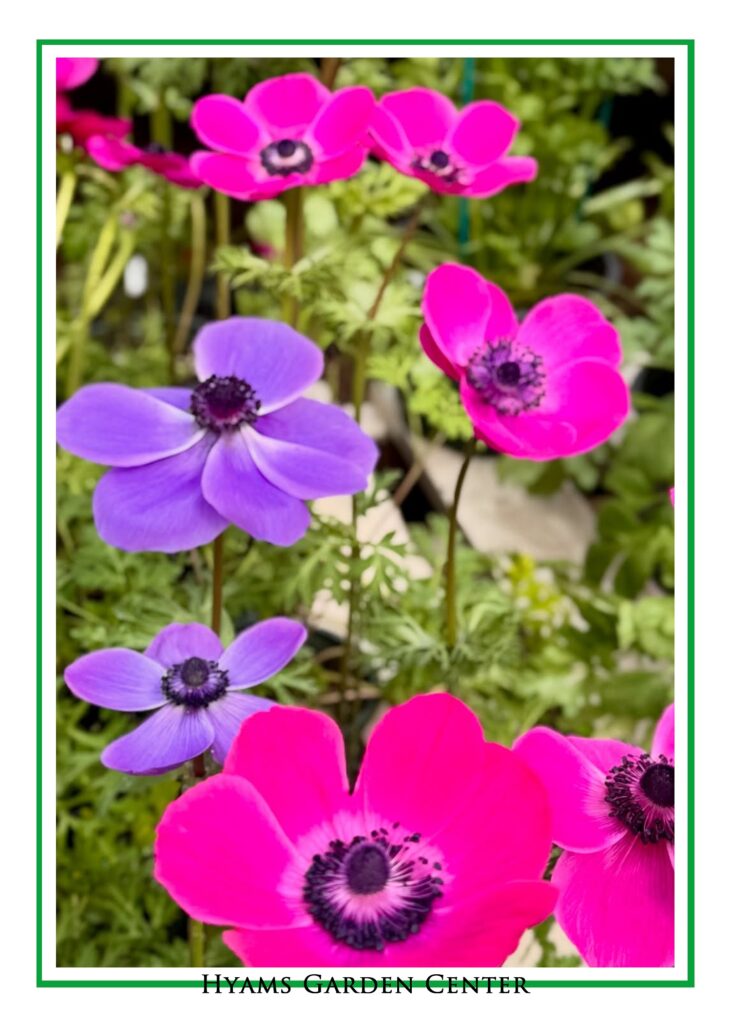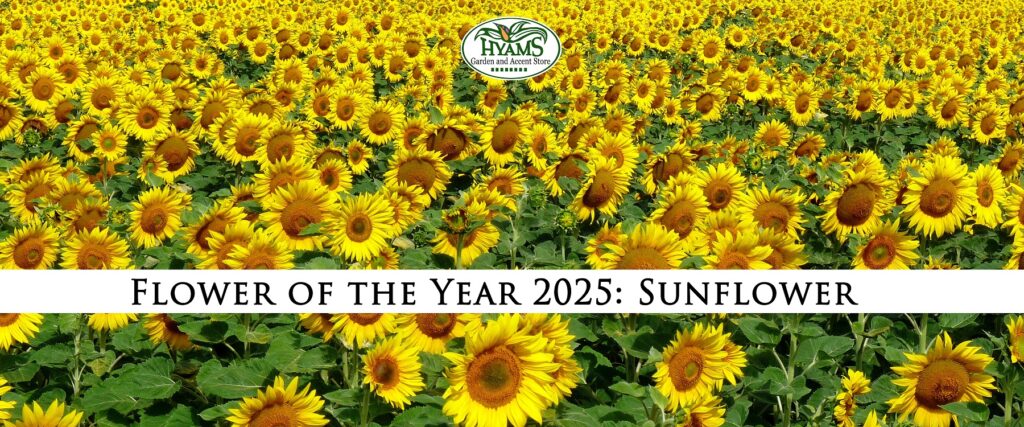As spring unfolds in Charleston, few blooms capture the season’s charm quite like camellias. With their lush, glossy green foliage and exquisite blossoms in shades of pink, red, and white, these Southern garden classics bring elegance and vibrancy to any landscape. Whether nestled among azaleas or standing alone as a statement piece, camellias offer a timeless beauty that flourishes in our Lowcountry climate. Visit Hyams Garden Center to find the perfect camellia variety for your springtime garden.
Nursery
Paint Your Spring with Nature’s Brush
Step into the season of renewal, where every bloom is a brushstroke, and the earth is your canvas. At Hyams Garden Center, a vibrant palette of Spring’s finest awaits—petals kissed by sunshine, leaves whispering in the breeze, colors dancing in the light.
Choose your hues, shape your vision, and let nature’s artistry flourish in your garden beds. Whether bold and bright or soft and serene, your masterpiece begins here.
Come, be inspired. Let Hyams help you paint your perfect spring.

Plant of the Year 2025
Brunnera Macrophylla ‘Jack of Diamonds’ is the Plant of the Year for 2025, celebrated for its bold foliage and charming spring blooms. This shade-loving perennial features large, silver leaves with dramatic dark green veins, offering a striking visual appeal in gardens. In mid-to-late spring, its delicate baby blue, forget-me-not-like flowers add a touch of elegance, making it a perfect choice for shaded borders and woodland settings.
This plant may face challenges in Charleston’s climate, as it prefers cooler conditions and partial to full shade. While it can grow in USDA zones 3-8, Charleston (in zone 8b) might be on the warmer edge of its tolerance. If planted, it should be placed in shaded areas with consistently moist soil and protection from the intense summer heat to ensure its health.
Brunnera Macrophylla ‘Jack of Diamonds’:
- Placement: Plant in a shaded or partially shaded area, such as under trees or on the north side of buildings, to protect it from intense afternoon sun.
- Soil: Ensure the soil is rich, consistently moist, and well-draining. Add organic mulch around the plant base to retain moisture and regulate soil temperature.
- Watering: Keep the soil evenly moist but not waterlogged, especially during Charleston’s hot summers.
- Heat Protection: Use a layer of mulch to cool the roots and reduce water evaporation. Provide extra shade during the peak summer months if necessary.
- Maintenance: Prune back dead leaves and spent flowers to maintain its appearance. Monitor for slugs, which can be a problem in moist environments.
Flower of the Year 2025
Sunflowers have been crowned the Flower of the Year for 2025, symbolizing warmth, resilience, and optimism. Their vibrant yellow petals evoke feelings of joy and positivity, making them a timeless favorite for gardens and floral arrangements. Whether planted to brighten landscapes or used as cheerful décor, sunflowers continue to captivate enthusiasts with their enduring beauty and significance.
Sunflowers thrive in Charleston, South Carolina, due to the region’s warm, sunny climate and well-drained soil. They grow best in full sun and are highly tolerant of the summer heat and humidity typical of Charleston. Ensure they are planted in a spot with at least 6-8 hours of sunlight daily and provide moderate watering.
Sunflowers:
- Planting: Choose a location with full sun exposure, ensuring at least 6-8 hours of sunlight daily. Well-draining soil is essential to prevent root rot.
- Soil Preparation: Add organic matter, like compost, to improve soil fertility. Sunflowers prefer slightly acidic to neutral soil (pH 6.0-7.5).
- Watering: Water deeply but infrequently. Allow the topsoil to dry between waterings to encourage deep root growth. Avoid overwatering, especially in Charleston’s humid conditions.
- Pest Management: Keep an eye out for common pests like aphids or caterpillars. Use organic pest control methods, such as neem oil, if needed.
- Support: For taller varieties, stake the plants to protect them from Charleston’s coastal winds.
